Min Read
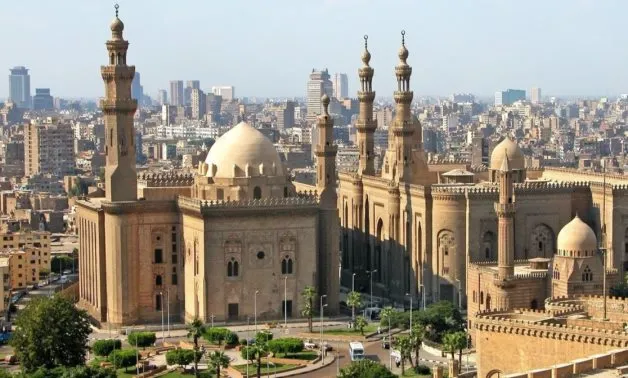
Did you know that Africa, a continent pulsating with diverse cultures, breathtaking landscapes, and ancient wonders, boasts a remarkable 103 UNESCO World Heritage Sites (as of January 2024)? These sites encompass the very essence of humanity’s shared heritage, recognized for their outstanding cultural, historical, natural, or combined value.
As we embark on a journey across the continent, let’s take you through Travel Essence Magazine’s pick of ten of these captivating treasures you should have on your list to explore as part of your future travels – assuming you haven’t already…
1. Stone Town of Zanzibar, Tanzania: Nestled on the Tanzanian island of Unguja, Stone Town is a captivating labyrinth of narrow streets, coral-stone houses with intricately carved wooden balconies, and bustling marketplaces. Listed in 2000, it embodies the rich cultural fusion of African, Arabic, European, and Indian influences that shaped Swahili culture over centuries. UNESCO recognized its outstanding universal value as a testament to the exchange of human values, artistic expression, and architectural styles over millennia.
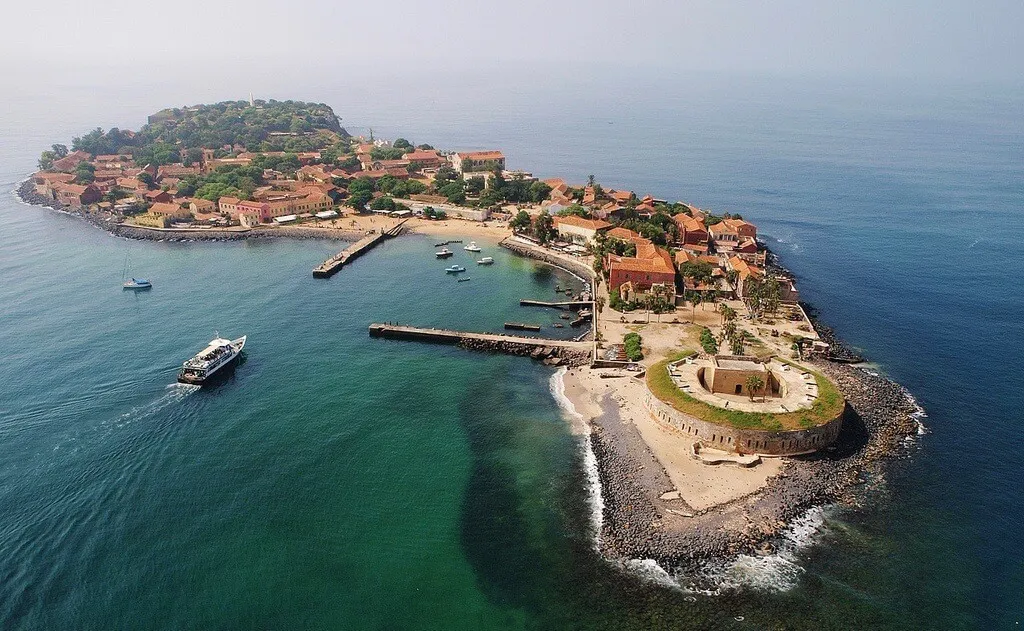
2. Historic Cairo, Egypt: Stepping into Historic Cairo, with its labyrinthine alleyways, mosques, and bustling souks, is like stepping back in time. Listed in 1979, it represents a unique Islamic cityscape, where centuries-old monuments like the awe-inspiring Citadel and the magnificent Al-Azhar Mosque stand as testaments to the region’s rich cultural and religious heritage. UNESCO acknowledged its exceptional universal value for its architectural ensembles, archaeological sites, and historical continuity, spanning millennia of Fatimid, Mamluk, and Ottoman influence.
3. The Cradle of Humankind, South Africa. Particularly of significant paleoanthropological significance is the Cradle of Humankind, located a short drive outside Johannesburg, South Africa. Declared a World Heritage Site by UNESCO in 1999, the site is believed to be home to the largest concentration of human ancestral remains anywhere in the world. The Cradle of Humankind occupies a mammoth 47,000 hectares and is made up of a complex system of limestone caves and bears the name “Fossil Hominid Sites of South Africa” on the list of World Heritage Sites.
4. Victoria Falls, Zambia/Zimbabwe: The thundering roar of Victoria Falls, also known as Mosi-oa-Tunya (“the smoke that thunders”), reverberates across the border between Zambia and Zimbabwe. Listed in 1989, this awe-inspiring natural wonder is the largest waterfall in the world by volume. UNESCO acknowledged its outstanding universal value for its superlative natural phenomena, geological formations, and ongoing ecological and biological processes, making it a crucial habitat for diverse species.
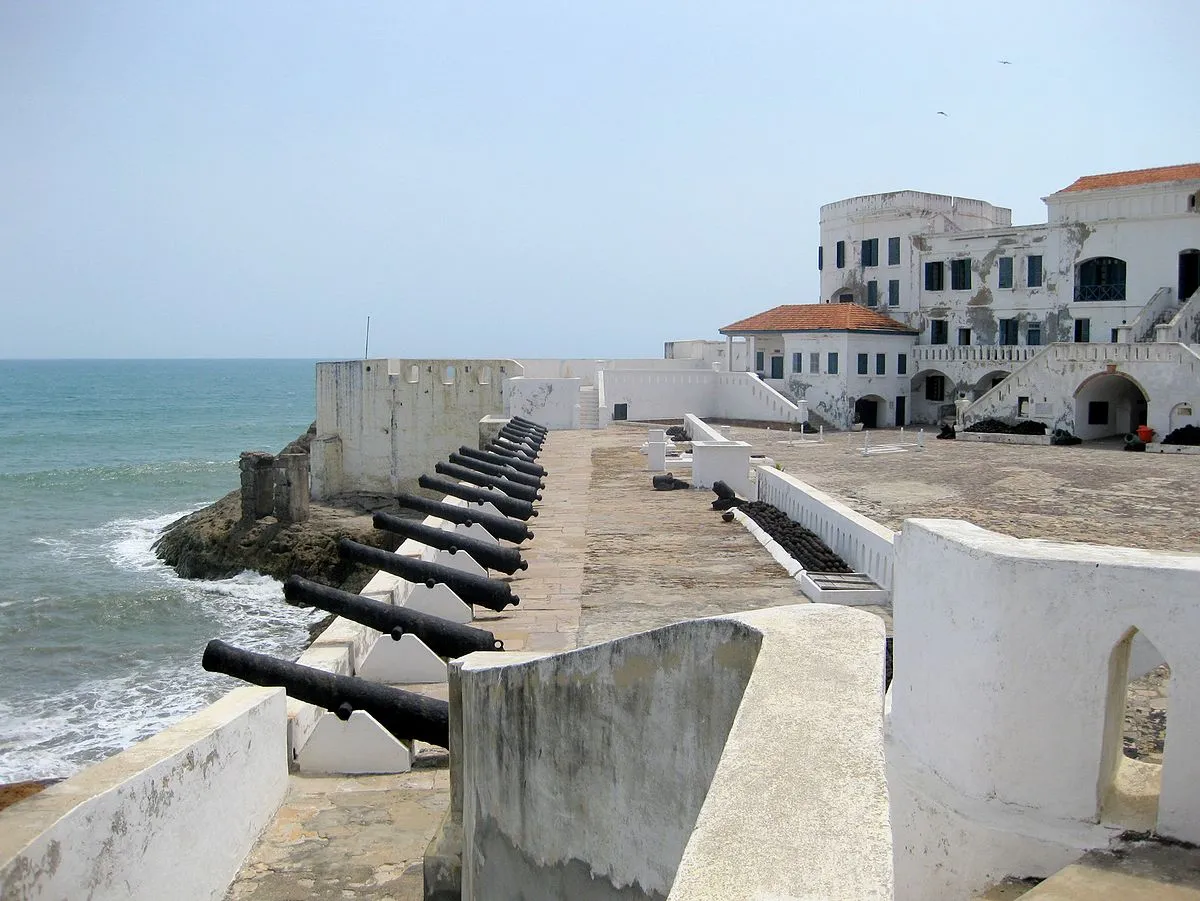
5. The Serengeti National Park, Tanzania: Renowned for its annual Great Migration, a spectacular movement of millions of wildebeest and zebra, the Serengeti National Park epitomizes the grandeur of the African savanna. Listed in 1981, it is one of the largest wildlife sanctuaries in Africa, harbouring a remarkable diversity of animal and plant life. UNESCO recognized its outstanding universal value for its exceptional natural beauty, ongoing ecological and biological processes, and its importance for biodiversity conservation, making it a vital refuge for endangered species.
6. The Ruins of Kilwa Kisiwani and Ruins of Kilwa Kivinje, Tanzania: Located on the southern coast of Tanzania, these ruins are remnants of a once-flourishing Swahili port city. Listed in 1981, they showcase the architectural and technological advancements of the Swahili civilization, serving as a testament to their maritime trade and cultural influence across the Indian Ocean. UNESCO acknowledged their outstanding universal value for bearing witness to a civilization that flourished for centuries, reflecting cultural exchange and the development of human settlement and architecture.
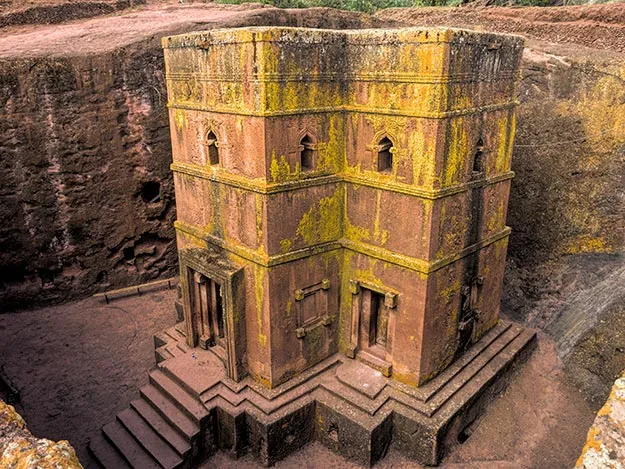
7. The Rock-Hewn Churches of Lalibela, Ethiopia: Carved from the heart of volcanic rock in the 12th-13th centuries, the eleven rock-hewn churches of Lalibela are architectural marvels. Listed in 1978, they represent a unique form of religious art and architecture, displaying the faith and dedication of early Ethiopian Christians. UNESCO acknowledged their outstanding universal value for their exceptional testimony to a cultural tradition, their unique architectural style, and their outstanding artisanry.
8. Island of Gorée, Senegal: Lying off the coast of Senegal opposite Dakar, the island of Gorée was from the 15th to the 19th century, the largest slave-trading centre on the African coast. Ruled in succession by the Portuguese, Dutch, English and French, its architecture is characterized by the contrast between the grim slave-quarters and the elegant houses of the slave traders. Today it continues to serve as a reminder of human exploitation especially to the thousands that visit this landmark, doubling up and as a sanctuary for reconciliation.
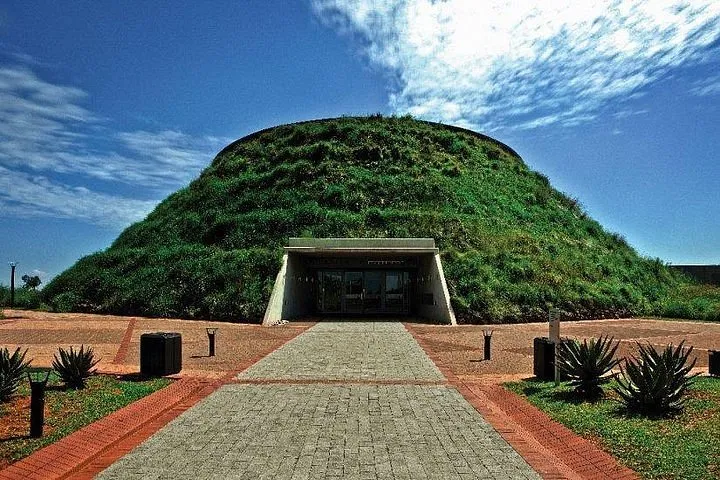
9. Le Morne Cultural Landscape, Mauritius. Designated a World Heritage Site in 2008, Le Morne Cultural Landscape is a spectacular showcase of both Mauritius’ natural and historical beauty. Situated in the southwest of Mauritius, this landscape includes the Le Morne Barbant mountain. This heritage site is recognised in part, because of its place in history as the home to a fortress used to house slaves originating from mainland Africa and south Asia.
10. Cape Coast Castle, Ghana. Of great intrigue to tourists visiting Ghana, is the coastline where a series of Forts and Castles that form a significant part of Ghana’s history are found. Cape Coast is in fact a city and fishing port, functioning as the capital of Cape Coast Metropolitan District and Central Region of Ghana. Here, Cape Coast Castle stands as the largest of the buildings at the location, harnessing the legacy of a very dark history of the trans-Atlantic slave trade.
As of January 2024, Ethiopia is recorded as having the lead on the list of countries with the largest number of UNESCO World Heritage Sites in Africa with eleven sites; followed closely by South Africa with ten, Morocco and Tunisia being home to nine sites. Algeria, Egypt, Senegal, and Tanzania close in a seven each.